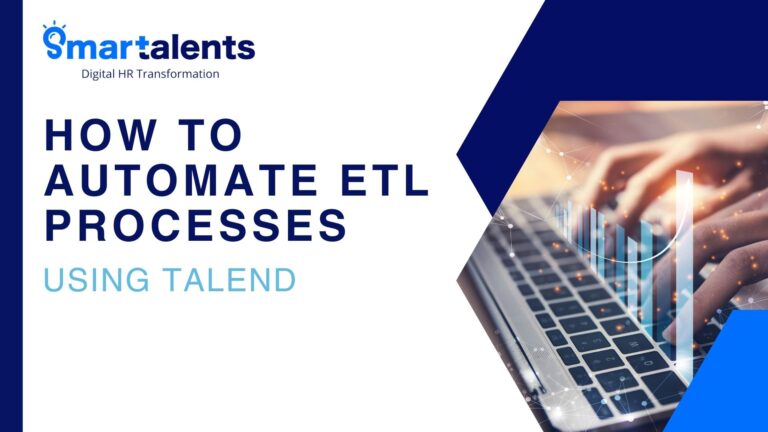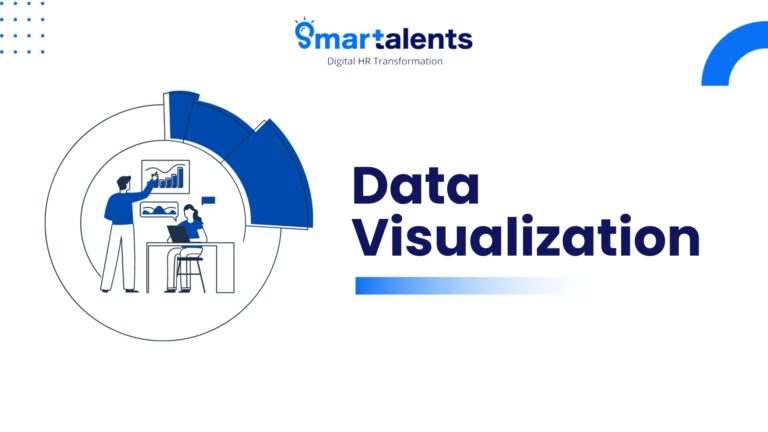Data Integration with Talend
How to Connect, Transform and Cleanse Data.
As data becomes more and more important in today’s business world, it’s essential to have the right tools to manage and integrate it. Talend is one such tool that has gained immense popularity, especially when it comes to data integration. Data integration refers to the process of combining data from different sources into a single, unified view. This process is essential as it helps businesses to make informed decisions by providing them with accurate and up-to-date information. With Talend, data integration becomes much more manageable, and data analysts can connect, transform, and cleanse data easily.
In this blog post, we’ll take a closer look at data integration with Talend and how to connect, transform, and cleanse data.
Connecting Data with Talend
Connecting data sources is the first step in the process of data integration. Talend provides connectors for various data sources like databases, files, and cloud-based services. These connectors make it easy to connect to the data sources and extract data for further processing. Talend also provides an intuitive graphical interface for designing data integration workflows. This interface allows users to drag and drop connectors and data processing components onto a canvas to create a workflow. The workflow can then be executed to extract data from the source and load it into the target system.
Transforming Data with Talend
Once the data is extracted from the source, it needs to be transformed to make it usable. Talend provides a wide range of data processing components to transform data, such as sorting, filtering, aggregating, and joining data. Talend also provides a powerful set of data transformation functions that can be used to manipulate data. These functions are similar to SQL functions and can be used to perform operations like date calculations, string manipulations, and mathematical operations.
Cleansing Data with Talend
Data cleansing refers to the process of identifying and correcting errors and inconsistencies in data. Cleansing data is essential as it ensures data accuracy and eliminates data errors that can lead to wrong decisions. Talend provides various data cleansing components that can be used to identify and correct errors in data. For example, the tStandardizeRow component can be used to standardize data and correct errors like misspellings and typos. Talend also provides data profiling tools that can be used to analyze data and identify patterns and anomalies. This analysis can help identify data quality issues that need to be addressed.
Data integration is a critical process in today’s business environment. Talend provides a powerful toolset for connecting, transforming, and cleansing data, making it easier for businesses to make informed decisions. In this blog post, we’ve looked at how Talend can be used to connect to data sources, transform data, and cleanse data. With Talend, data integration becomes much more manageable, and businesses can unlock the full potential of their data.






